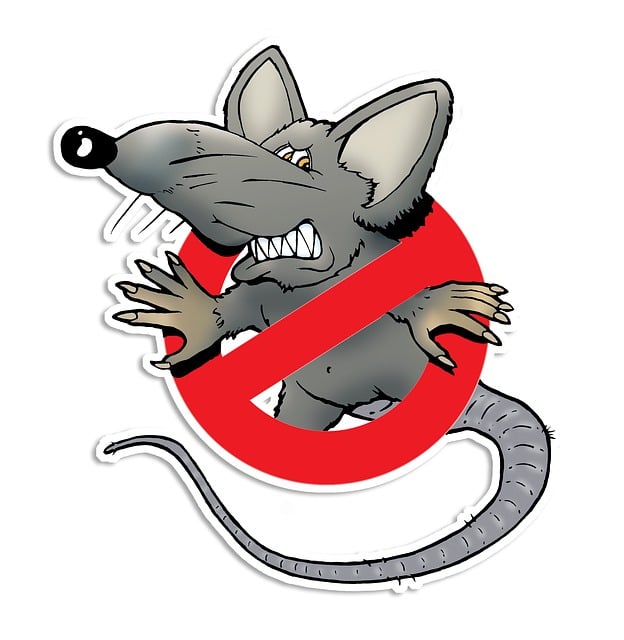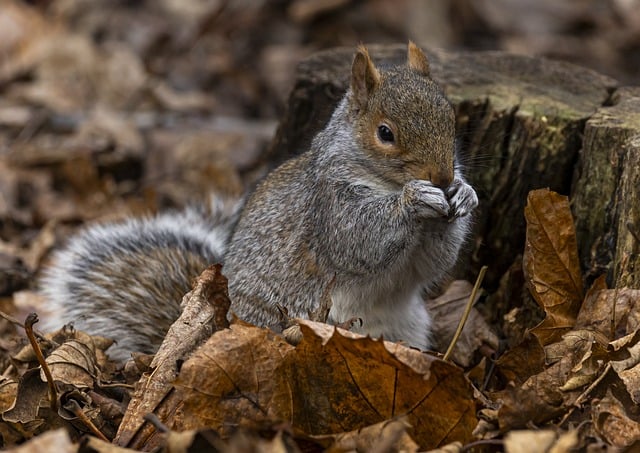Rodent infestations caused by mice and rats damage properties and pose health risks. Prevent entry through regular inspections and sealing access points. Non-toxic methods include sealing, cleaning, natural repellents, and humane traps. DIY is suitable for minor cases, but professional services offer comprehensive solutions for severe infestations. Effective rodent control combines cleanliness (regular cleaning, food storage) with physical barriers (metal mesh, wire traps). Traps, repellents, and disinfection eliminate rodents while sealing entry points prevents reinfestation.
“Rodent infestations can disrupt homes and businesses, causing damage and health risks. Understanding these pesky intruders is the first step towards effective rodent control. This comprehensive guide explores various aspects of managing and preventing rodent issues, from identifying common entry points to implementing non-toxic solutions. We delve into professional services, preventative measures, and the latest traps and repellents. By following our expert advice, you’ll gain the tools needed to safeguard your space and achieve long-lasting rodent control.”
Understanding Rodent Infestations: Common Types and Entry Points

Rodent infestations can be a significant nuisance, causing property damage and posing health risks. Understanding the common types of rodents and their entry points is crucial for effective rodent control. Common types include mice, rats, and squirrels, each with unique behaviors and habitats. Mice are small, agile intruders that can squeeze through tiny openings, while rats, though larger, are equally determined to find access points, often burrowing into walls or entering through plumbing vents.
Entry points vary widely, from obvious gaps under doors or around pipes to less apparent areas like attic vents or unscreened windows. Identifying these points is key to preventing infestation and implementing appropriate rodent control measures. Homeowners should regularly inspect their properties for any signs of entry and seal off potential access points with materials like steel wool or caulk.
Non-Toxic Rodent Control Methods for Homeowners

Many homeowners prefer non-toxic rodent control methods due to concerns about the safety of their families and pets. These methods focus on preventing rodents from entering homes and making them less appealing habitats. One effective approach is sealing entry points like gaps in walls, floors, and ceilings using materials like steel wool or caulk. Regular cleaning and maintaining a clean home environment reduces attracting rodents by eliminating food sources and hiding places.
Additionally, using natural repellents such as peppermint oil, cayenne pepper, or coffee grounds can help deter rodents without causing harm. Setting up physical barriers like metal mesh or wire traps also allows for humanely capturing and releasing rodents back into the wild, ensuring they stay away from residential areas. These non-toxic methods not only protect homes but also preserve the well-being of all occupants.
Professional Rodent Proofing Services: When to Hire Experts

Many homeowners attempt DIY methods for rodent control, but professional services offer a more comprehensive and effective solution. Hiring experts in rodent proofing is crucial when dealing with persistent or severe infestations, as they possess specialized knowledge and tools to address the issue efficiently. These professionals can identify entry points, set up tailored traps, and implement long-lasting prevention strategies that DIY methods often struggle to match.
Seeking professional help is particularly recommended for complex cases where rodents have established extensive nests or when there’s a high risk of health issues due to their presence. By enlisting the services of experienced technicians, you gain access to advanced equipment and treatments designed to disrupt and eliminate rodent populations safely and humanely. This ensures not only the effectiveness of rodent control but also minimizes potential hazards associated with exposure to chemicals or diseases carried by these pests.
Preventative Measures: Creating an Unwelcoming Environment for Rodents

To implement effective rodent control, preventing these pests from invading in the first place is key. Creating an unwelcoming environment for rodents involves a combination of cleanliness and physical barriers. Regularly cleaning and sealing entry points, such as gaps around pipes, wires, and doors, can deter rodents from seeking shelter in your home or business. Additionally, maintaining a tidy space by storing food in airtight containers and eliminating potential water sources prevents rodents from finding sustenance.
Beyond cleanliness, using natural repellents like mint, cedar, or garlic can serve as an effective deterrent. Installing physical barriers, such as metal mesh and wire traps, also plays a crucial role in rodent control. By making your space less inviting, you significantly reduce the likelihood of a rodent infestation, providing a proactive approach to maintaining a pest-free environment.
Effective Rodent Traps and Repellents: A Comprehensive Guide

Rodent traps and repellents are essential tools in the quest for effective rodent control. When it comes to trapping, there are various methods available, each with its own advantages. Live traps, for instance, allow for the humane capture of rodents, enabling you to release them far from your property. Snap traps and glue traps, on the other hand, offer quick and efficient solutions, but they require regular maintenance and can be more harmful to pets and children if not placed carefully.
Repellents, meanwhile, provide a non-lethal approach to deterring rodents. Natural repellents like mint oil, cayenne pepper, and garlic have proven effective in keeping rodents at bay. Store-bought repellents often contain chemicals like ammonia or capsaicin, which emit strong scents that discourage rodent presence. For the best results in rodent control, a combination of these methods can be employed, tailored to the specific needs and challenges of your property.
Restoring Your Space: Cleaning and Repair After a Rodent Infestation

After successfully implementing rodent control measures, restoring your space is crucial. Begin by thoroughly cleaning every corner and crevice where rodents might have nested or stored food. This includes eliminating any dirt, droppings, or debris that could attract future invaders. Use a vacuum cleaner with a HEPA filter to remove allergens and ensure a deeper clean. Remember to disinfect hard surfaces like floors, walls, and countertops with a reliable disinfectant to kill any lingering bacteria or parasites associated with rodents.
Once cleaning is complete, inspect your property for any damage caused by the infestation. Rats and mice often chew through wires, insulation, and even structural materials. Repair or replace damaged items promptly to prevent further issues. Seal entry points with steel wool or concrete, ensuring no new visitors can easily access your space. This proactive approach will help maintain a rodent-free environment and avoid potential safety hazards caused by improper repairs.
